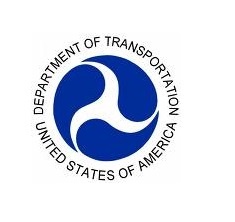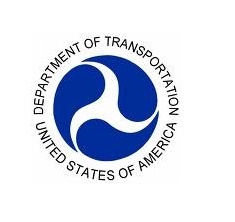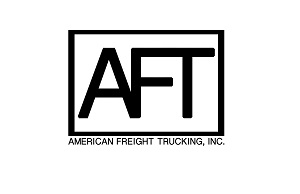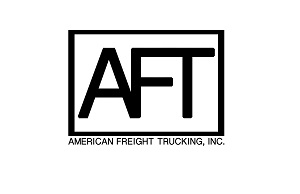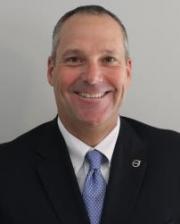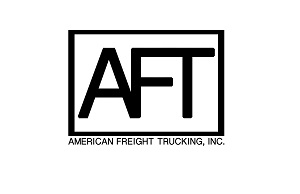<img width="150" src="http://www.automotive-fleet.com/fc_images/blogs/m-dsc-0545-1.jpg" border="0" alt="
Photo: Jim Park
">
Photo: Jim Park
">There's a trucking event happening next weekend, July 29-31, that's like no other on the planet. That's a pretty tall description, but it's quite true. Each year at this time a few dozen drivers bring their trucks to northern Quebec, hitch them to 45 tons of lumber, and race them up a steep grade through the center of an otherwise sleepy village called Notre Dame du Nord (Our Lady of the North), Quebec.
The event is called Rodeo du Camion, or Truck Rodeo, in English, but it's really more of a race than a rodeo.
Rodeo du Camion happens about 300 miles north of Toronto, Ontario. Driving time, it's about seven hours from Buffalo, NY, nine hours from Detroit, Mich. and about six and a half hours from Sault Ste. Marie, Mich. The population of the town is about 2,000 people most of the year, but on Rodeo weekend, that number has been known to swell to beyond 20,000. Guests come from as far away as Asia, Europe, Scandinavia, Australia, and of course, the U.S.
The rules of the competition are simple enough: Whoever gets to the top of the hill first wins. There are several trial runs and qualifying heats, and then the competition gets really intense as drivers vie for a position in the semi-final and final events on Sunday afternoon.
They feature bobtail and loaded competitions. Bobtail needs little explanation, but the loaded competition is something else. Competitors pull a 5-axle B-train combination loaded with 45 tons of 2x4 lumber. Gross combination weights are about 138,000 lbs (a legal load in Canada). These races take place on a 700-foot-long hill in the village with a 12% grade lined 10 to 20 deep with spectators.
There's really no way to explain this to someone who doesn't get trucks and engines and raw torque and horsepower. The drivers use these trucks every day to earn their living, and on one weekend during the summer, they place their truck squarely in harm's way by dialing up the fuel pump and making all sorts of little modifications (within the scope of the rules) to ratchet the output up to 800 and 900 horsepower, or whatever they can get out of it.
One can only imagine the strain on the driveline. It's a walking, talking, screaming endorsement of the makers of driveline components, assuming they are off-the-shelf U-joints and clutches and crown gears, etc. Certain safety precautions are required, like caging the driveshaft and protecting the fuel tanks from a potential puncture.
The other aspect to all this is shifting and clutching prowess. You don't have the luxury of starting in 1st gear, and you may only get to 8th or 9th on the way up the hill, but you have to do it fast and do it right. It's pretty embarrassing to miss a shift and have to creep up the hill from a stop. Automatic and automated manual transmissions are not allowed in the competition.
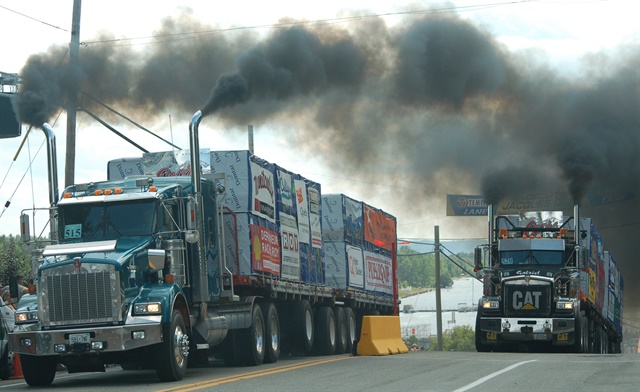
There's a Show 'N Shine event as well, along with an endless lineup of local entertainment, a fireworks display on Saturday night and a parade on Sunday morning.
The fishing in the area is second to none and there are even a couple of decent golf courses nearby for those who prefer a tamer pastime. Accommodations in the immediate area are limited, but camping is available. A night in a motel may be a 40-50 mile drive away.
And finally, a word of caution if you plan to attend: Leave your firearms at home. Canada does not permit unlicensed guns in the country, and Customs officers can be pretty aggressive in their efforts to find hidden weapons. Any undeclared weapons will be confiscated permanently, and their owners can face fines and possibly jail time for trying to smuggle weapons across the border.
We have more images in a photo gallery located here.
There are a lot more information about the event and some very cool video on the Rodeo du Camion website. There's a photo and video gallery there as well
Related - Locking it In Commentary: Bridging the Extremes
Follow @HDTrucking on Twitter
